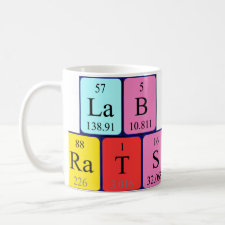
Authors: Li WJ, Hu YY, Han F, Xu HQ, Song W, Lv YN, Zheng P
Article Title: Molecular simulation and adsorption property of molecularly imprinted polymerization system using triadimefon as template.
Publication date: 2013
Journal: Chemical Journal of Chinese Universities
Volume: 34
Issue: (5)
Page numbers: 1219-1225.
DOI: 10.7503/cjcu20120805
Alternative URL: http://www.cjcu.jlu.edu.cn/EN/abstract/abstract24643.shtml
Abstract: The paper presented a molecular simulation method for molecularly imprinted polymerization system using triadimefon as template and acrylic amide(AM), acrylamide(AA), methacrylic acid (MAA), trifluoromethyl acrylic acid (TFMAA) as functional monomers. The geometry conformation, energy, reaction ratio and binding energy of the pre-organization system were simulated by a semi-empirical method (PM3) and Ab algorithm methods with Hyperchem 8.0 software. The monomer that provided the largest binding energy was then chosen for the synthesis of molecularly imprinted polymers (MIPs). The solvation energy, an intensity index of the molecular interaction between different porogens with template molecule and monomer was calculated using density functional theory. The results showed that TFMAA gave stronger hydrogen-bonding interaction with triadimefon than other monomers molecules studied, and the salvation energy for template and monomer in polar solvents was greater than that in non-polar solvents. The pre-assembled system of triadimefon and TFMAA was studied using differential UV spectra and results indicated that 1 molecule triadimefon and 2 molecules TFMAA can form stable hydrogen- bonded complexes in chloroform. This is consistent with the predictions based on the molecular simulation. The adsorption and recognition properties for MIPs were investigated using Langmuir and Freundlich adsorption isotherm. The results would give useful information for screening molecular imprinting system and predicting the performance of MIPs.
Template and target information: triadimefon
Author keywords: molecular imprinted polymer, Triadimefon, Molecular simulation, UV



Join the Society for Molecular Imprinting

New items RSS feed
Sign-up for e-mail updates:
Choose between receiving an occasional newsletter or more frequent e-mail alerts.
Click here to go to the sign-up page.
Is your name elemental or peptidic? Enter your name and find out by clicking either of the buttons below!
Other products you may like:
 MIPdatabase
MIPdatabase









